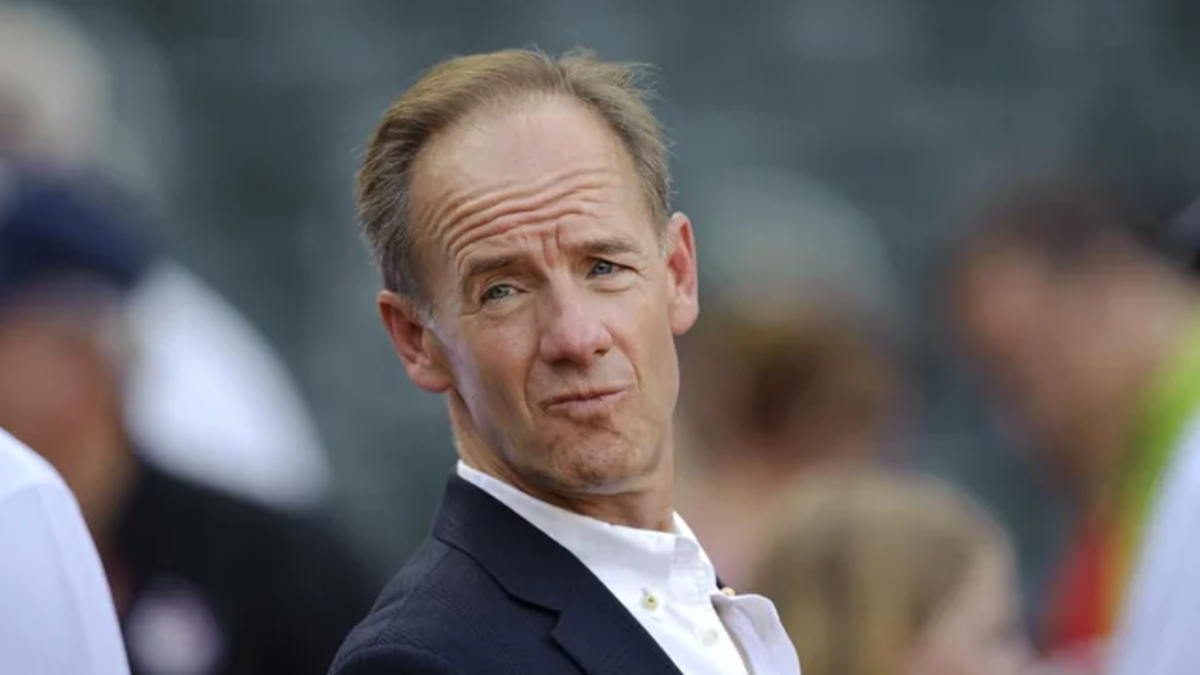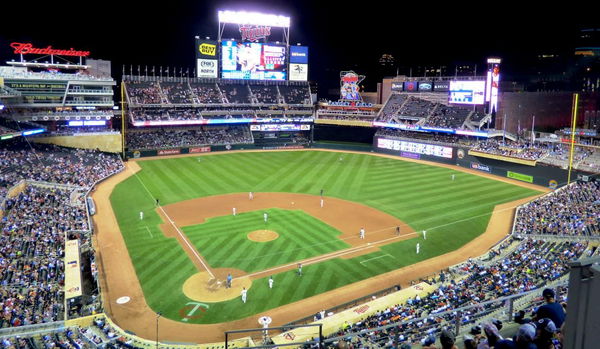
Imago
Image: ESPN

Imago
Image: ESPN
During All-Star week in Atlanta, MLB Commissioner Rob Manfred met with the Baseball Writers Association of America and talked like he could see the future. “I can tell you with a lot of confidence that there will be a transaction there…and it will be consistent with the kind of pricing that has taken place. We just need to be patient while they rework.” His tone? Unwavering. His words? Confirmation that the sale of the Minnesota Twins was a sure thing.
Watch What’s Trending Now!
But then the valuation and numbers came into play. The Pohlad family set the sale price at $1.7 billion for the franchise. However, it appears that the team comes with a debt. And it’s not $100 or $ 200 million. It’s $400M. Yep, you read it right.
According to the latest update from Dugout Forever, “The Twins have accumulated more than $400 million in debt, a number first reported by the Athletic, and that complicates the team sale process.” Now add in the debt load, which brings the total ask around $2.2 billion. Insiders believe the debt might amount to around $425 million. And now, it’s not just a question of value. It’s a barrier. And this debt perfectly sums up the trade deadline situation.
ADVERTISEMENT
View this post on Instagram
Around the trade deadline, the team made one of the most surprising roster changes in a long time. They traded away 11 players in just over four days. The players were Carlos Correa (who gave up his no-trade clause to go back to Houston), Jhoan Duran, Harrison Bader, Louis Varland, Willi Castro, Griffin Jax, Ty France, Chris Paddack, Brock Stewart, Danny Coulombe, and others. It was a financial reset.
The Correa transaction was likely the most significant of all the changes. Minnesota transferred him back to Houston in exchange for minor-league prospect Matt Mikulski and promised to pay about $33 million of the rest of his deal.
ADVERTISEMENT
The goal was clear: cut costs, make the balance sheet easier to read, and provide potential buyers a cleaner financial picture. But now, that debt might become a hurdle. But where does this debt come from?
ADVERTISEMENT
Unpacking the Twins’ long-term debt
So, where did the $400–425 million in debt originate from? The Billy Porter of Puckett’s Pond broke down the whole debt situation in his column. First of all, it’s largely about paying for Target Field. The ballpark cost about $555 million, and Hennepin County paid for most of it with sales tax. However, the Twins assumed around $195 million in debt, equivalent to a mortgage for the stadium, which they are paying off over time.

Imago
credits: MLB.COM
The Twins have also used the Central League Credit Fund from MLB, which lets teams borrow money for big projects. The Twins have utilized this money to make improvements to their scoreboard and other parts of their facility, which has added to their long-term debt.
ADVERTISEMENT
Even with these financial obligations, the Twins have been able to stay profitable in their daily operations. They make about $356 million a year, which puts them in the lower echelon of MLB franchise values.
It’s essential to note that this debt is exclusive to the baseball team and does not encompass any of the Pohlad family’s other businesses. The Pohlad Companies own the Twins. They also hold businesses in banking, real estate, and car sales, but those debts remain separate from one another.
So, with the huge debt looming over the franchise, what are your thoughts on the the ownership of the Minnesota Twins changing hands in the near future? Let us know in the comments below.
ADVERTISEMENT
ADVERTISEMENT
ADVERTISEMENT
ADVERTISEMENT

